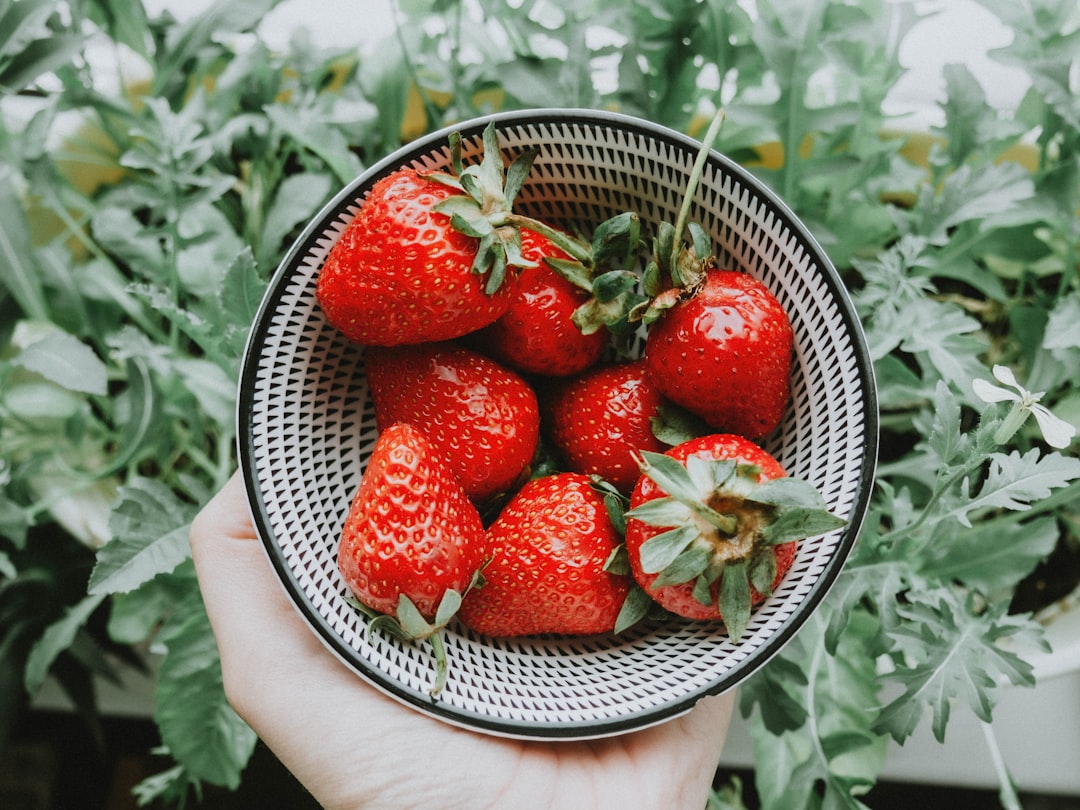Hydroponic growing isn’t just for leafy greens or tomatoes—berries like strawberries, raspberries, and blueberries can also flourish in a soilless environment. With hydroponics, you can enjoy year-round harvesting, precise nutrient management, and pest control that minimizes the need for chemical treatments. In this post, we’ll explore how to grow strawberries and other berries hydroponically, sharing key insights and practical tips for a sweet, bountiful harvest.
Why Grow Berries Hydroponically?
Enhanced Growth Rates:
Without the limitations of soil, hydroponic systems deliver nutrients directly to the roots. This controlled environment can accelerate plant growth and lead to quicker fruit production.
Optimized Yields:
Hydroponics allows you to fine-tune the nutrient solution, pH, and water supply, which can lead to healthier plants and higher yields—ideal for small spaces or urban gardens.
Reduced Pests and Diseases:
By eliminating soil, you reduce the risk of soil-borne pests and diseases, allowing for cleaner, more sustainable production. Additionally, controlled environments facilitate easier integration of organic pest management.
Selecting the Right Hydroponic System for Berries
When it comes to berries, choosing the right system is crucial for success:
Nutrient Film Technique (NFT)
-
Best For: Strawberries
-
Why: NFT systems work well for strawberries, providing a thin film of nutrient solution that keeps roots moist without waterlogging. This method supports healthy, vigorous growth while reducing the risk of rot.
Deep Water Culture (DWC)
-
Best For: Blueberries and Raspberries (with modifications)
-
Why: DWC can be effective for some berries if you ensure proper oxygenation. Air stones and regular water changes help maintain a healthy environment for root development.
Vertical or Tower Systems
-
Best For: Urban growers with limited space
-
Why: These systems maximize space efficiency. With proper support and spacing, you can grow multiple berry varieties in a compact area while ensuring each plant receives adequate light and nutrients.
Nutrient Management and Environmental Control
Tailored Nutrient Solutions
-
Balanced Nutrition:
Berries have specific nutrient requirements. A well-balanced solution rich in nitrogen for foliage, plus ample phosphorus and potassium for flowering and fruiting, is essential. -
pH Levels:
Maintaining a pH between 5.5 and 6.5 is typically ideal for most berries. Regular monitoring helps ensure that your plants can absorb nutrients efficiently.
Lighting, Temperature, and Humidity
-
Lighting:
While natural sunlight is beneficial, LED grow lights offer the flexibility of year-round growing. A full spectrum or adjustable lights can mimic natural conditions, ensuring consistent growth. -
Temperature:
Most berry plants thrive in moderate temperatures. Aim for daytime temperatures in the 65°F to 75°F (18°C to 24°C) range, with slightly cooler nights to promote healthy flowering. -
Humidity:
Maintain moderate humidity levels (around 50-60%) to prevent fungal diseases and ensure optimal transpiration.
Pollination, Flowering, and Fruit Production
Encouraging Pollination
-
Hand Pollination:
In indoor or enclosed systems, you may need to assist pollination. Gently shaking the plants or using a small brush can help transfer pollen from flower to flower. -
Attracting Pollinators:
If your hydroponic setup is in a greenhouse, introducing pollinator-friendly plants or even a few natural pollinators can boost fruit set.
Flowering and Fruiting
-
Pruning and Training:
Remove excess foliage and any dead flowers to encourage energy to go towards healthy fruit production. Proper training can also ensure each plant gets enough light. -
Fruit Support:
Some berry varieties may benefit from support structures like trellises or netting, particularly if the fruits are heavy. This prevents branches from breaking and ensures even distribution of sunlight.
Practical Tips for a Sweet Harvest
-
Start with Quality Stock:
Choose disease-free, certified starter plants or runners. Healthy beginnings lead to better yields. -
Keep It Clean:
Regularly sanitize your equipment and maintain proper water flow to reduce the risk of pathogens. -
Monitor Regularly:
Use pH and EC meters to keep a close eye on your nutrient solution. Consistent monitoring helps you catch any imbalances before they affect plant health. -
Experiment and Adapt:
Every hydroponic setup is unique. Don’t hesitate to adjust your nutrient mix, lighting schedule, or even plant spacing based on your system’s performance and plant feedback. -
Integrated Pest Management (IPM):
Incorporate biological controls or organic treatments to manage any pests without resorting to harsh chemicals, keeping your harvest both healthy and environmentally friendly.
Conclusion
Hydroponic systems offer a modern, efficient way to grow strawberries and other berries, ensuring fast growth and high yields. By selecting the right system, fine-tuning nutrient management, and carefully controlling environmental factors, you can transform your hydroponic garden into a productive berry patch. With dedication, experimentation, and proper care, you’ll soon be enjoying the fruits of your labor—literally!

Comments
No comments yet. Be the first to comment!
You must be logged in to comment. Login